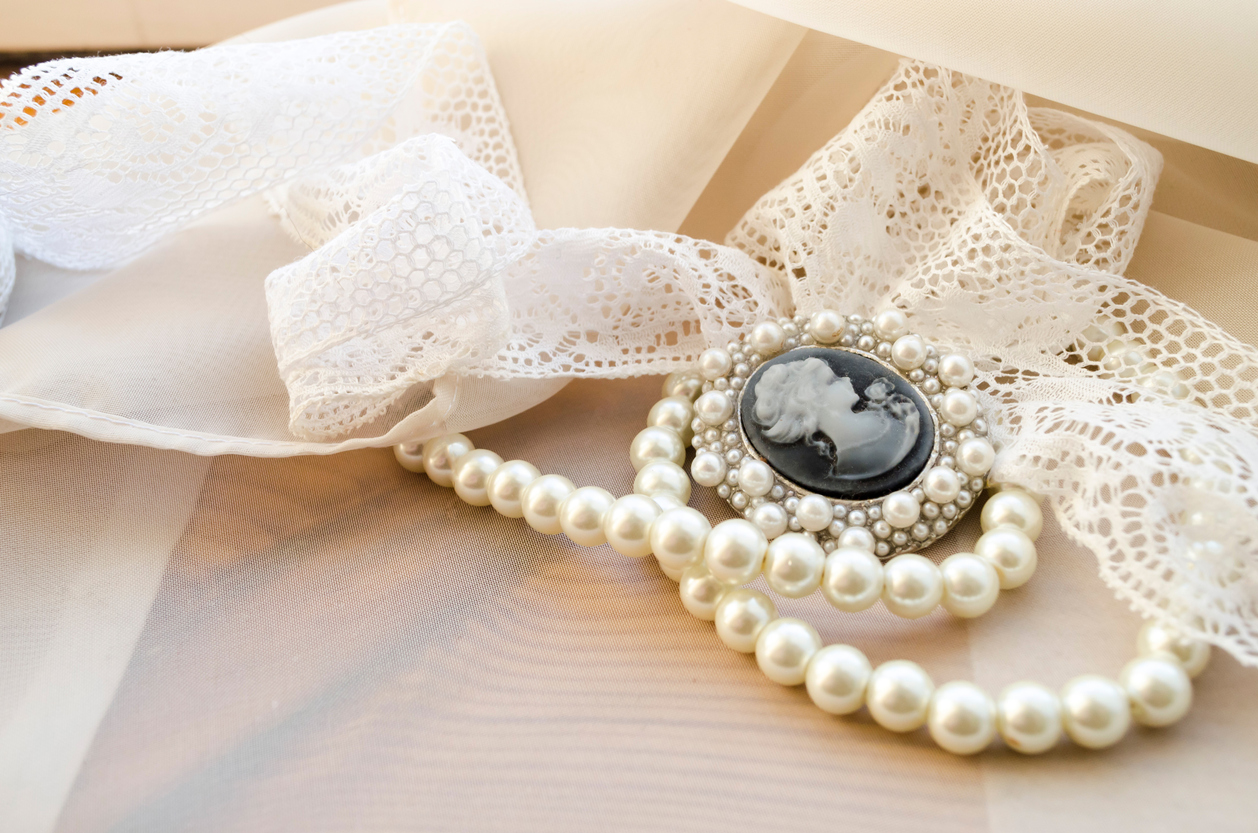 Buying, selling or simply seeing antique jewelry is a rewarding experience. However, there is a lot of information you need to know to feel confident purchasing or selling. What kind of jewelry is this? Where did this piece originate and why? How old is it, and how many people may have worn it? And, the biggest question of all for newcomers: is this actually worth anything? Fortunately, the basics of antique jewelry have been gathered in this article for you. So, sit back and start your journey.
Buying, selling or simply seeing antique jewelry is a rewarding experience. However, there is a lot of information you need to know to feel confident purchasing or selling. What kind of jewelry is this? Where did this piece originate and why? How old is it, and how many people may have worn it? And, the biggest question of all for newcomers: is this actually worth anything? Fortunately, the basics of antique jewelry have been gathered in this article for you. So, sit back and start your journey.
What is Antique Jewelry?
In the jewelry world, antique jewelry strictly refers to pieces that were created at least 100 years ago. This means that jewelry is antique if it was made around the year 1920, or before that date. Unfortunately, your favorite costume jewelry probably won’t qualify. The term “vintage” is thrown around to describe jewelry that is at least 50 years old, but not so rustic as antiques.
What are the Most Common Types?
Antique jewelry comes in many shapes and sizes, and it largely depends on the era it comes from. There are numerous eras, including the Victorian(1837-1901) and the Art Nouveau(1880-1914). Some of the most common pieces you’ll find are cufflinks, brooches, tie pins, rings and necklaces.
How to Identify Antique Jewelry Brands?
It’s very important to identify the brand of the jewelry, which is usually done by identifying the makers mark. This term refers to symbols or letters carved into the metal. For example, Tiffany and Company’s mark is usually Tiffany&Co. and Zolotas‘ is a Z.
What Factors Determine Value?
The most important factors in determining the value of an antique piece are:
- Condition- The better the condition, the higher the value. Cracks, chips and imperfections lower its value, but can possibly be repaired to increase its worth. Also note if there are any broken prongs or clasps.
- Age- Akin to wine, jewelry increases in value as it ages. Determining the era in which it was made is helpful to narrow down a piece’s exact age.
- Type- This factor includes the brand, type of jewelry, types of metal and gemstones, and their cuts and sizes. There is plenty to consider here. Generally the bigger and more lustrous the gemstone, the more value the piece will have. Also, platinum is generally more expensive than gold, and gold is more expensive than silver.
Whew! That’s a lot of information, but you are now better equipped to assess and appreciate antique jewelry. Stop by Gaslight Antiques to test out your new knowledge, or just to admire what jewelry has to offer.
